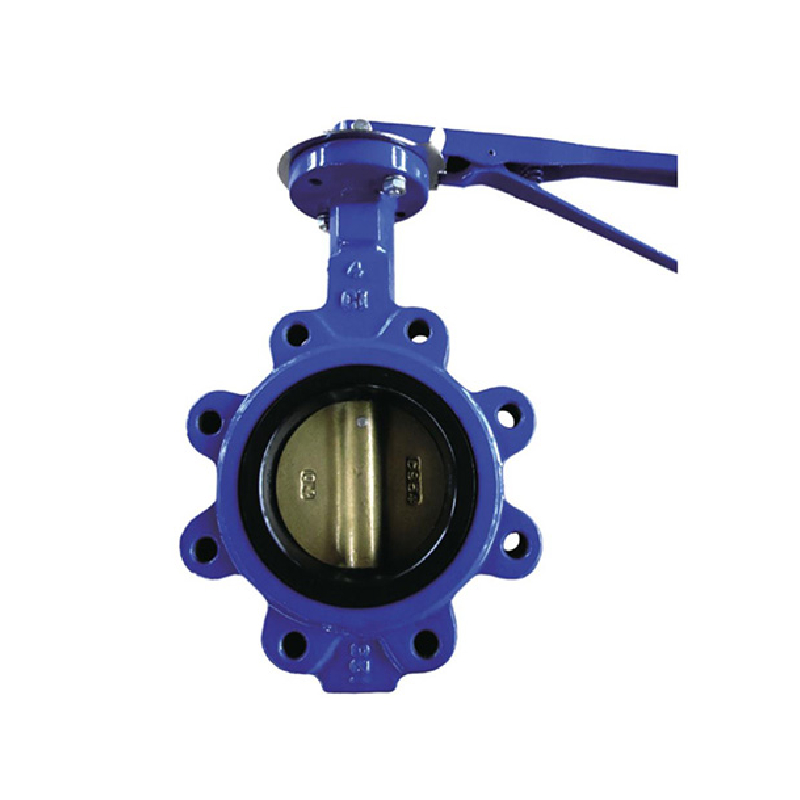Samh . 27, 2024 06:14 Back to list
Understanding the Functionality and Applications of DIN Swing Check Valves in Piping Systems
Understanding DIN Swing Check Valves Functionality and Applications
DIN swing check valves are essential components in various industrial applications, particularly in fluid systems that require unidirectional flow. These valves are designed to prevent backflow, ensuring the safe and efficient operation of pipelines across different sectors, including water treatment, oil and gas, and chemical processing.
What is a DIN Swing Check Valve?
A DIN swing check valve is a type of non-return valve that operates based on the principle of a swinging disc. When fluid flows in the forward direction, the valve opens, allowing the liquid to pass through. However, when the flow direction reverses, the disc swings back, sealing the valve to prevent backflow. This mechanism minimizes the risk of contamination and damage to pumps and other equipment downstream.
The designation “DIN” refers to the Deutsches Institut für Normung, a German standards organization that establishes specifications for products and systems. DIN swing check valves comply with specific international standards, ensuring quality, reliability, and compatibility in various applications.
Key Features of DIN Swing Check Valves
1. Design and Construction DIN swing check valves come in various materials, including stainless steel, cast iron, and PVC, allowing them to withstand different pressure and temperature conditions. The design typically features a streamlined body that reduces resistance and energy loss in fluid flow.
2. Disc Mechanism The disc is the heart of the swing check valve. It is usually a lightweight yet sturdy design that allows it to close quickly when backflow occurs. This rapid closure helps to minimize water hammer and related issues within the pipeline system.
3. Installation Versatility These valves can be installed in horizontal or vertical pipelines, providing flexibility in various system configurations. However, the most common installation is horizontal, with the flow direction indicated on the valve body.
din swing check valve

4. Maintenance Due to their simple design, DIN swing check valves require minimal maintenance. Regular inspections are recommended to ensure the valve functions correctly and to address any wear or damage.
Applications of DIN Swing Check Valves
DIN swing check valves are widely used in several applications due to their effectiveness in preventing backflow
- Water and Wastewater Treatment In municipal water systems, these valves prevent the reverse flow of treated water and ensure that wastewater does not contaminate clean water sources.
- Chemical Processing In the chemical industry, maintaining proper flow direction is crucial. DIN swing check valves help protect sensitive equipment from harsh chemicals that may flow backward.
- Oil and Gas Industry These valves play a significant role in pipeline systems, ensuring that crude oil and natural gas flow unidirectionally, thus preventing leaks and potential hazards.
- Heating and Cooling Systems In HVAC systems, swing check valves are used to maintain the proper flow of hot and cold fluids, enhancing system efficiency and longevity.
Conclusion
DIN swing check valves are vital components that contribute to the reliability and safety of various fluid systems. Their robust design, efficient functionality, and ease of maintenance make them a preferred choice across multiple industries. As technology and standards continue to evolve, the role of these valves in ensuring optimized flow management and system protection will remain indispensable. Investing in quality DIN swing check valves is an important step in enhancing the performance and safety of any fluid handling system.
Share
-
Reliable Wafer Type Butterfly Valves for Every IndustryNewsJul.25,2025
-
Reliable Flow Control Begins with the Right Ball Check ValveNewsJul.25,2025
-
Precision Flow Control Starts with Quality ValvesNewsJul.25,2025
-
Industrial Flow Control ReliabilityNewsJul.25,2025
-
Engineered for Efficiency Gate Valves That Power Industrial PerformanceNewsJul.25,2025
-
Empowering Infrastructure Through Quality ManufacturingNewsJul.25,2025